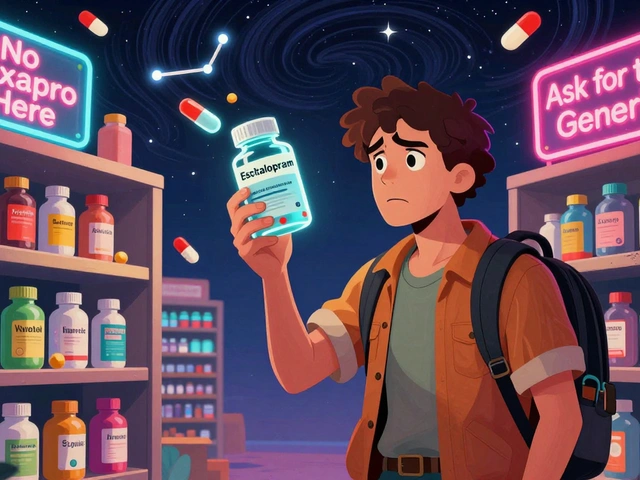Manage Your Meds: Simple steps to stay safe and in control
Managing medications can feel like juggling — multiple bottles, schedules, and rules. You don’t need a medical degree to get it right. With a few habits you can avoid mistakes, spot risky interactions, and save time and money when buying meds online.
Quick medication checklist
Start by making a single list: drug name (brand and generic), dose, when you take it, and why. Keep this list in your phone and a printed copy in your home. Show it to every clinician and pharmacist you see. Ask these three simple questions at each refill: Has the dose changed? Any new side effects? Can any pill be stopped or combined?
Use a pillbox or daily alarm to reduce missed or double doses. For complex regimens consider a blister pack service from your pharmacy — it groups doses by day and time. Store medicines in a cool, dry place away from kids and pets. Throw out expired meds and take back controlled substances to a pharmacy take-back if your area offers one.
How to buy meds online safely and find alternatives
Online pharmacies can save money but pick them carefully. Look for a clear contact address, pharmacist access, and a requirement for a valid prescription for prescription-only drugs. If a site sells controlled drugs with no prescription or pressures you to buy without one, walk away. Read recent user reviews and check for basic security signs like HTTPS on checkout pages.
When comparing prices, check shipping and handling fees — a cheap pill plus expensive postage is not a deal. If a site claims miracle discounts that seem too good to be true, they probably are. For commonly prescribed meds there are often legitimate international or mail-order options; verify the pharmacy’s registration or accreditation before ordering.
Considering alternatives? Ask your doctor or pharmacist whether a generic works, if a different dose or drug class can replace a current med, or if lifestyle changes could reduce pill burden. Alternatives aren’t just cheaper — they can mean fewer side effects or simpler routines. For example, some blood pressure and cholesterol meds offer combination pills that cut the number of tablets you take daily.
Watch for interactions. Bring your medicine list to every appointment. Some combos raise risks — certain antibiotics or antifungals can change how statins or blood thinners behave, for example. If you start any new supplement, tell your clinician; herbal and over-the-counter products can affect prescription drugs.
If you have side effects or feel a med isn’t working, don’t stop abruptly unless advised. Contact your clinician or pharmacist and ask for a plan to taper or switch. Small changes often fix issues without creating bigger problems.
Manage refill dates so you never run out. Set a calendar reminder a week before a key medication runs low. If cost is the barrier, ask about generics, patient assistance programs, or short-term samples while you sort a long-term plan.
Follow these practical steps and managing meds becomes routine instead of stressful. Keep that list updated, ask questions, and trust your pharmacist—they’re a great source of quick, practical advice.
Sumatriptan and Nausea: How to Manage This Common Side Effect
In my recent blog post, I discussed the common side effect of nausea when taking Sumatriptan for migraine relief. Many people experience this discomfort, but I've found a few helpful tips to manage it. First, take the medication with food or a full glass of water to reduce stomach irritation. Second, consider using anti-nausea medication alongside Sumatriptan, but always consult with your doctor first. Lastly, practice relaxation techniques such as deep breathing to help alleviate nausea and make the treatment process more comfortable.





